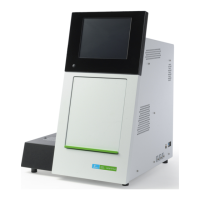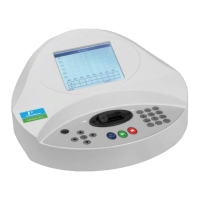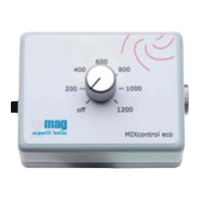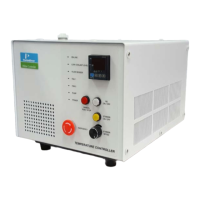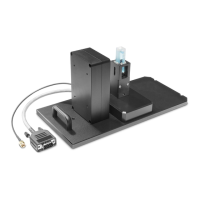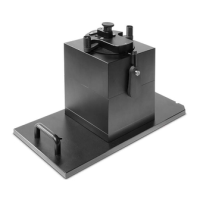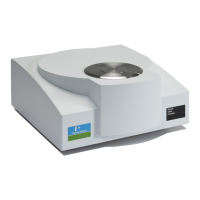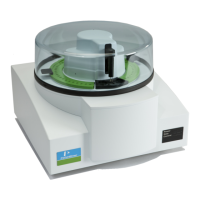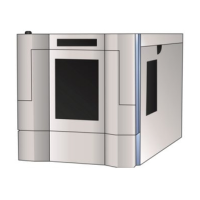Glossary of Terms 319
V4.2 LabChip GX User Manual PerkinElmer
To quantitize the sample peak concentration based on a different
standard, the new standard must be added into each sample well at
a known concentration. The analysis settings provide a Sample
Peak Quantitation option using the peak area and concentration of
the User Standard instead of the ladder concentrations.
Protein Charge Variant Assay
Capillary Zone Electrophoresis (CZE) is an electrophoretic
separation technique used to evaluate the charge heterogeneity of
proteins in a sample. The LabChip GXII performs a microfluidic
adaptation of this technique for the Protein Charge Variant Assay.
For Protein Charge Variant assays, the separation channel does not
contain a polymer gel because the analytes are not separated by
size.
Protein Charge Variant assays separate analytes based on
differences in their net charge: molecules with a higher net charge
migrate faster than those with a lower net charge. The relative
difference in migration speeds (and therefore the resolution)
between molecules of different pI is higher when the pH of the
running buffer is closer to the pIs of the molecules.
For the HT Protein Charge Variant assay, the pH of the running
buffer is less than the pIs of the variants, so molecules have a net
positive charge. Variants that are more basic (have a higher pI) than
others appear earlier in electropherogram. The software can be
used to track expected variants, based on migration time, and to
determine the relative amount of each variant, based on peak area.
Protein Charge Variant assays do not use ladders or markers to
align the data. The size of a peak is not calculated, only the % Rel
amount of each peak. Protein Charge Variant assays and data files
do not include any ladder or marker parameters or options.
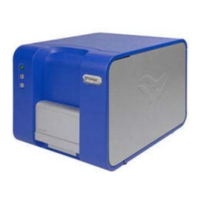
